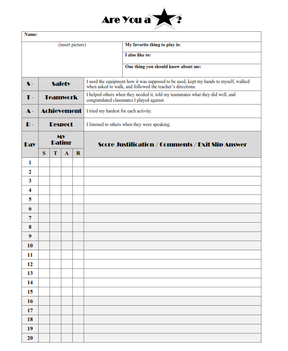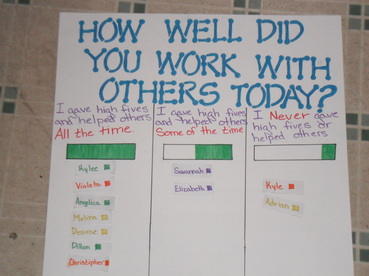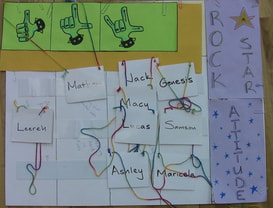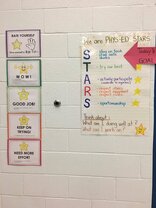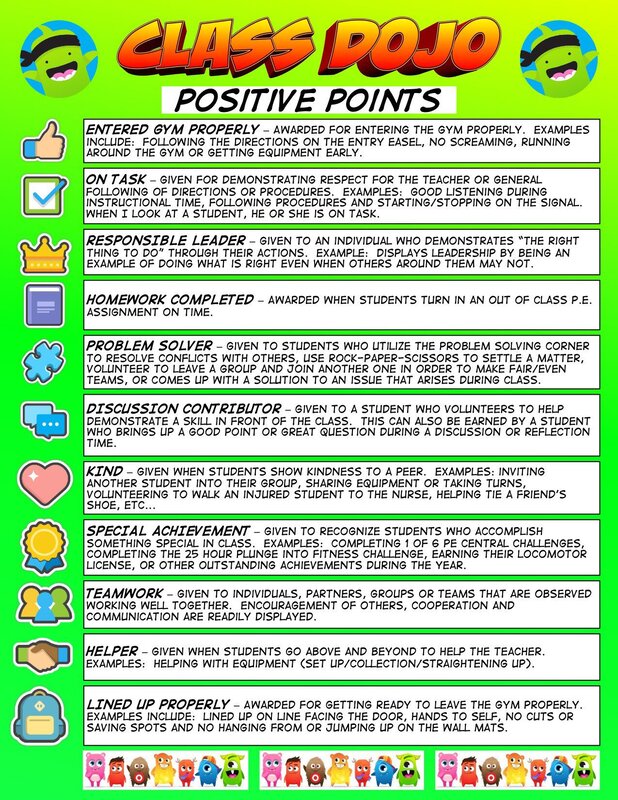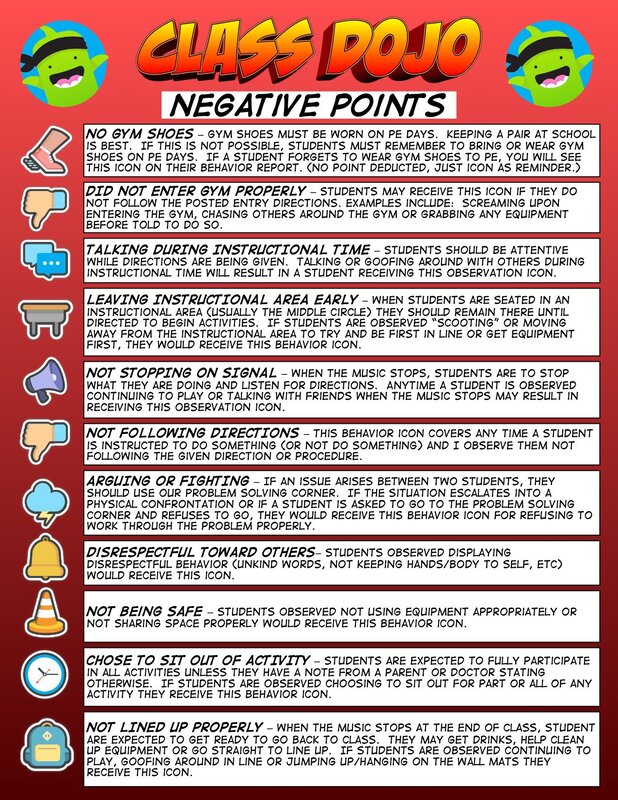Tools for Assessing Behavior
Students and teachers can use these rubrics to assess students’ readiness for learning on a daily basis. The rubrics includes key affective qualities needed to become an engaged learner and a good citizen who is kind, respectful, and responsible. They address diligence, self-direction, a willingness to keep trying when challenges arise, and taking care of business in general. In addition, the rubrics offer ways to measure progress toward National Standard Four: “The physically literate individual exhibits responsible personal and social behavior that respects self and others."
Modify the rubrics below to fit the needs of your class (elementary, middle school, high school, college) by adding or deleting criteria. For example, in a college activity course you could add "Turning off your cell phones" under "Respect." Read the JOPERD article "Are Your Students READY for Learning?" for more information.
Modify the rubrics below to fit the needs of your class (elementary, middle school, high school, college) by adding or deleting criteria. For example, in a college activity course you could add "Turning off your cell phones" under "Respect." Read the JOPERD article "Are Your Students READY for Learning?" for more information.
STAR Rubric |
